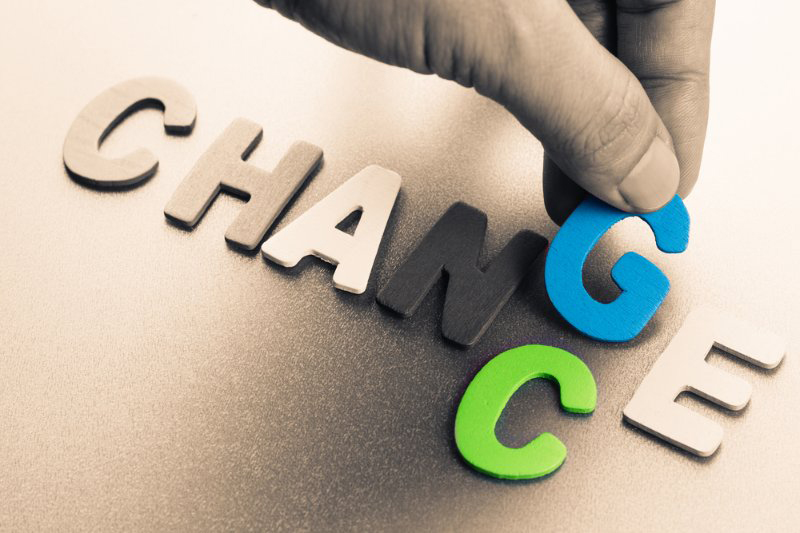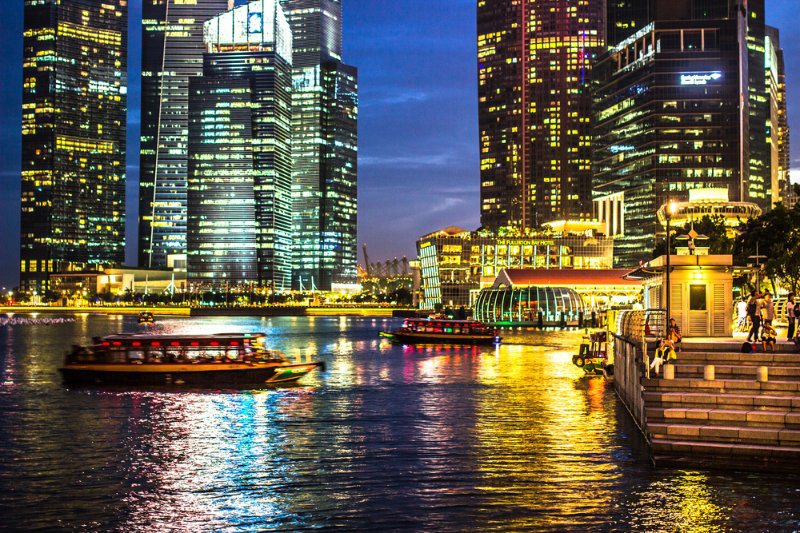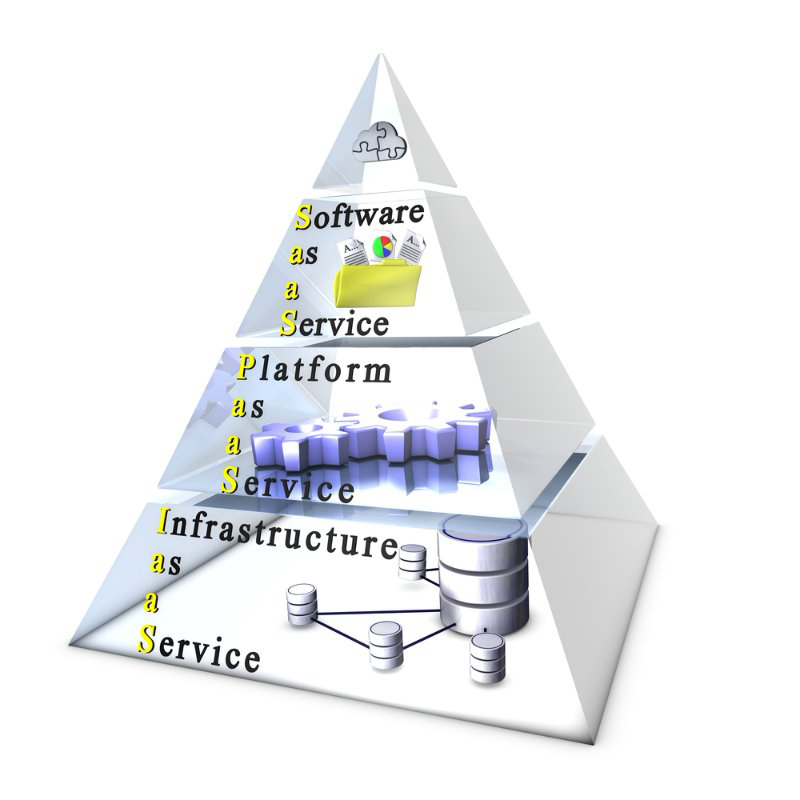News - 2017071101 - IoT will bring a true renaissance to the conservative lighting industry
Good product design and cozy relationships with architects and specifiers will no longer be the determining factor in winning a large lighting contract. Lighting will no longer be just a design or engineering decision, as different decision-makers will be coming to the negotiation table.

Good design, low price and great functionality have not been able to prevent market leaders Nokia, Sony Ericsson or Motorola from degrading to tier 2 phone brands or disappearing altogether.
Smart phones brought users more applications and value, and this value goes way beyond the value of the actual phone itself. The reason I am drawing this parallel is a light fixture or luminaire will soon become a device which not only illuminates a space but also runs many other applications which will determine real monetary value for the end-user. What is a more obvious device inside a building to connect to a cloud-platform than a lighting fixture?
Today you can still make a call with your smartphone but there are 6 other applications which consumers use in preference to a phone call. Think of sending a Whatsapp message, checking your social media, listening to music or reading emails or using your camera. We have all become dependent on these services. The hardware they run on is less important.

They are everywhere, they are powered, and there is nothing more ubiquitous and pervasive in a building than a luminaire.
These lamps will soon be fitted with hardware components (sensors, network communication chips, processing power etc.) and become connected to the internet via smart gateways. These smart components will not only make these luminaires ultra-controllable (wireless and on an individual basis and not just in groups) they will also be able to monitor the performance of these luminaires. How long have I been on? When was I installed? What is the name of my supplier? Who installed me? Am I usually dimmed? And if so, by how many percent on average ? What is my temperature? What is my colour temperature or CCT? What is my Lux level? Luminaires will announce themselves to a system when they are out of spec or when they need to be replaced. Predictive maintenance services will be a major advantage for end-users. Lighting won’t break down any longer, they will just be replaced under a service contract before they fail or before they are out of spec. This will save a huge amount of money and disruption.
The se smart components will also make a luminaire conscious of its own environment.
What are the ambient light levels in this room? Do I need to dim? How many percent? Are there people inside this room? In what direction are they moving? Or are they standing still in front of a product? Are they supposed to be here or should I alert security? Shall I lower the air-conditioning or increase the temperature inside the room? Shall I activate the sun-blinds or close the curtains? What is the required mood setting for this room for this time of day?
The sensing is performed by the sensors inside the lamps, but the analysis of these functions are actually performed by a cloud based application which translates the results into scripted actions / commands to lighting and or other connected devices. All the above is based on measurement, analysis and script-actions which can result in valuable services running on these luminaires; security applications, predictive maintenance applications, energy management applications, footfall traffic applications, sophisticated control applications and many more. Actually the only limitation to the amount of services that you can run on these luminaires is the limitation of the creativity of the hardware designers or the creativity of the application developers.

It is believed that the hardware market for lighting will become a 50 billion USD per year market whereas the services that run on this IoT enabled hardware will amount to 550 billion USD. (Source; BI Intelligence)
Whether these figures are entirely correct is not really relevant. What is relevant is that the value of services created by this hardware will increase rapidly by a manifold factor. This translated will probably mean that a luminaire that costs 200 Euros will generate an income (during its life time) of more than 2000 Euros!)
A luminaire in a grocery store will no longer be a cost to the retail chain, it will be a money maker, like the billboard on the parking lot.
Walmart, Metro, Tesco or Carrefour can start charging Coca-Cola, Procter, Mars and the like for information about what is happening around their merchandise inside the stores - per country, per city, per suburb or per store or even per area inside the store. How many people are passing by the Kellogg’s cornflakes per hour, per day or per month? And how does this compare to the traffic in front of Nestlé’s cornflakes?
Tied with social media and customer engagement applications (which will soon replace customer loyalty cards) the retailer will know when a particular consumer is entering one of their stores, and welcome these customers once they engage with the store-app on their phones. The luminaires however will know the location of the consumers inside the store and enable the brands (its suppliers) to engage with these customers one-on-one. For instance, to send them a discount voucher on their phone if they are in front of their products for a certain amount of time. The Bluetooth chip inside these luminaires will detect the proximity of the user’s phone and connect with these phones, once instructed to do so by the system


“Early adapters in retail environments could see share gains as well as cost reductions from leaner inventories, lower operating costs, and better use of floor space” (McKinsey – The Internet of things – June 2015)
Today stores are using luminaires which just illuminate their space at a certain cost. Soon these luminaires become invoice generating devices creating recurrent income for these stores, on top of a better and smarter control of their lighting and an optimized energy bill.
The brands that will pay these retailers for access to their platform (enabled by their luminaires) and for the information and reporting they will obtain, will eventually determine what system a retailer needs to implement to maximize business/revenue models.
Once these specifications have been determined, the retailers’ top management will instruct their engineers to purchase and install luminaires with these capabilities. And if their long term luminaire suppliers do not have this technology? Too bad, since their retail customers will likely source it elsewhere. Lighting which simply provides illumination can be bought from any supplier; over and above this, lighting which not only does not cost, but actually generates money, will become the go-to option.
Jan Kemeling
CCO Gooee Ltd.
www.gooee.com
jan@gooee.com








